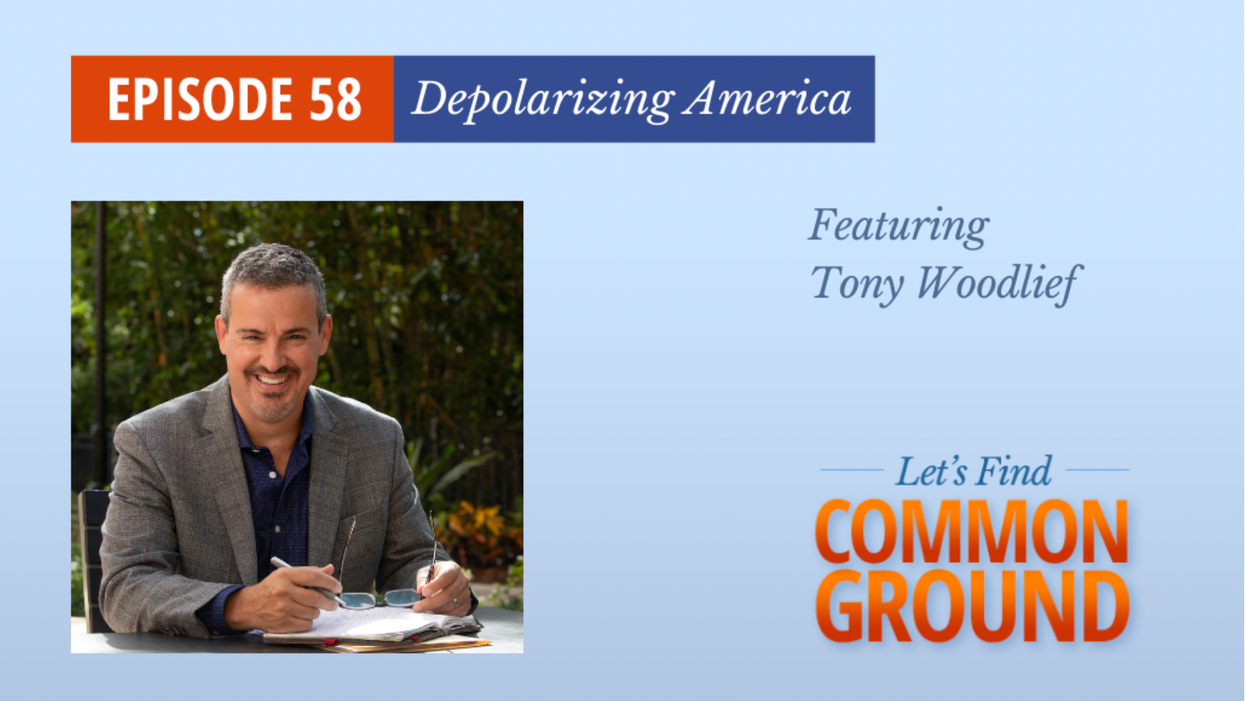Every day on social media and cable TV, in newspapers and magazines, we’re told that we live in a red-versus-blue world of rigid divides. "Let's Find Common Ground" podcast guest, Tony Woodlief, begs to differ.
“In reality, most people fall somewhere in the middle, or else have a complex blend of views from both sides of the aisle,” says Tony. His new book I, Citizen uses polling data, political history and on-the-ground reporting to make the case that party activists and partisans are attempting to undermine the freedom of Americans to govern themselves and make decisions that have a direct impact on their lives.
We're Less Divided Than We Think
 We're Less Divided Than We Think
Are we all Team Red or Team Blue? On the podcast, we talk with a thought leader about why he's sounding the alarm on a false narrative.
We're Less Divided Than We Think
Are we all Team Red or Team Blue? On the podcast, we talk with a thought leader about why he's sounding the alarm on a false narrative.



















